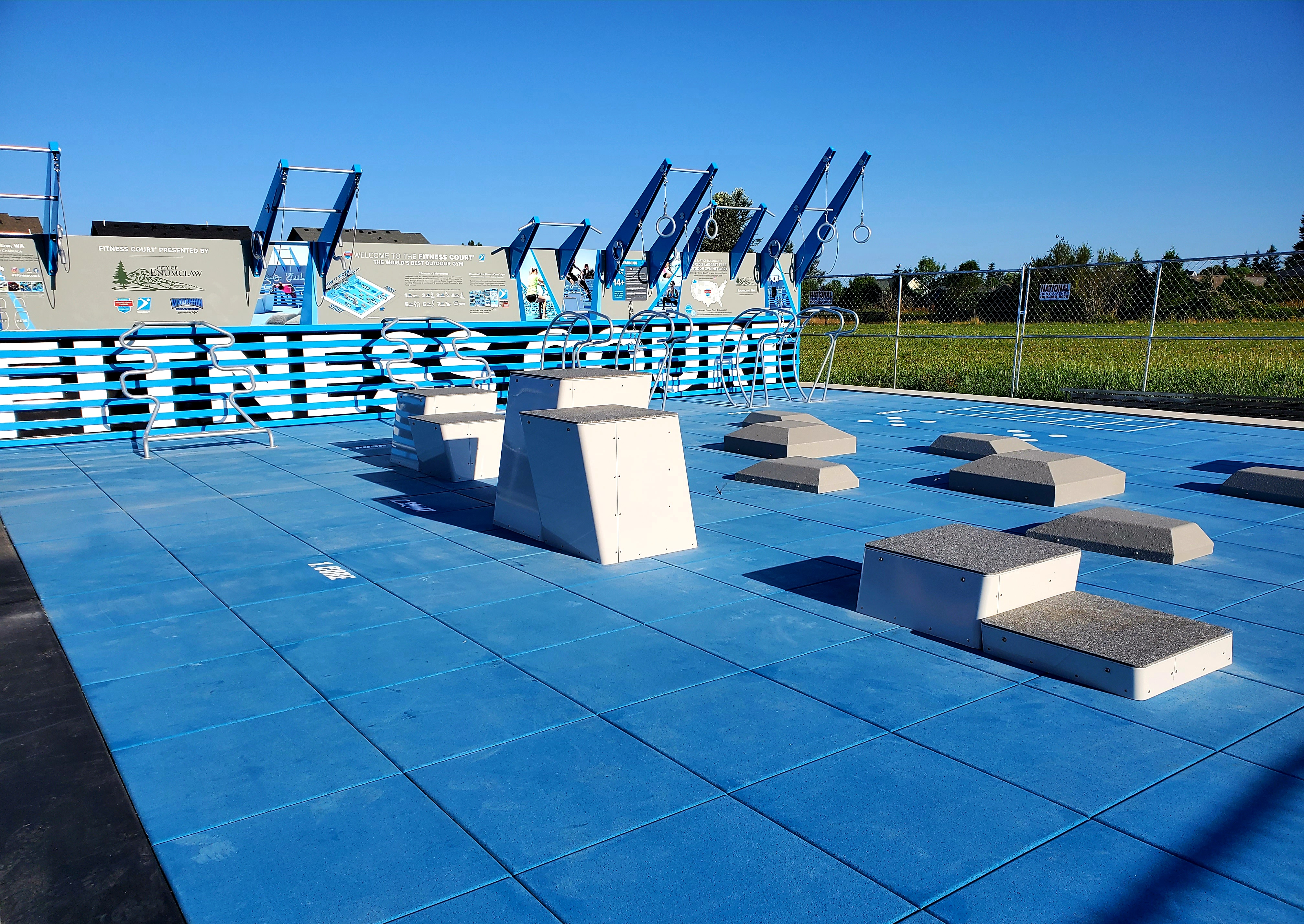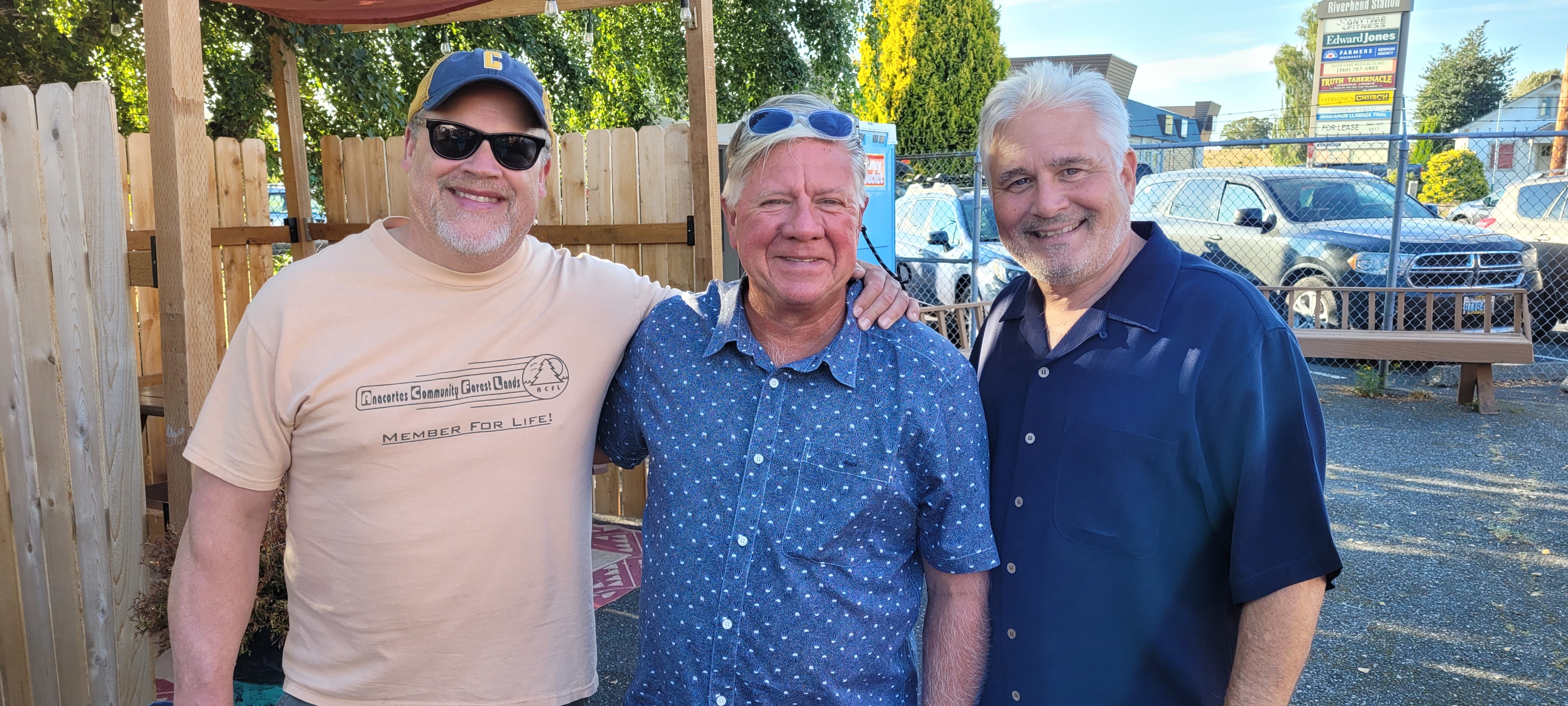
Washington has an abundance of natural beauty and a rich tradition of outdoor recreation. The COVID-19 pandemic and recent social and political unrest across the nation have simultaneously shined a spotlight on the high-value people place on outdoor spaces and the inequities that exist within them.
A recent national survey found that 70% of city-dwelling Americans agree that parks are critical to preserving an individual’s physical and mental health amid today’s challenges. Yet, as the demographics of our state change, historically and currently marginalized communities still do not have the same opportunities as their non-marginalized counterparts across nearly every measure including education, poverty, employment, health and more. Inequities based on race, ethnicity, gender and other characteristics continue to be deep, pervasive and persistent; coming at a great economic and social cost.

















